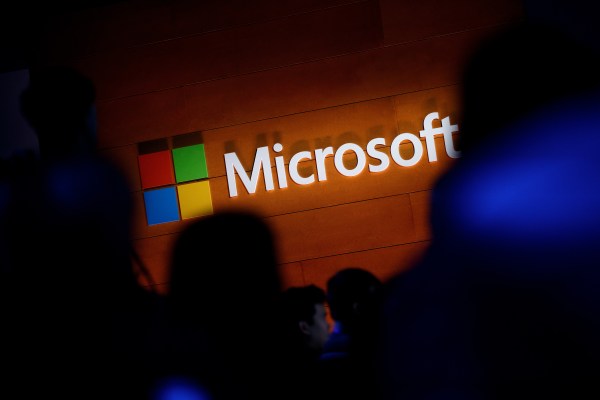Microsoft today announced the launch of Azure Edge Zones, which will allow Azure users to bring their applications to the company’s edge locations. The focus here is on enabling real-time low-latency 5G applications. The company is also launching a version of Edge Zones with carriers (starting with AT&T) in preview, which connects these zones directly to 5G networks in the carrier’s data center. And to round it all out, Azure is also getting Private Edge Zones for those who are deploying private 5G/LTE networks in combination with Azure Stack Edge.
In addition to partnering with carriers like AT&T, as well as Rogers, SK Telecom, Telstra and Vodafone, Microsoft is also launching new standalone Azure Edge Zones in more than 10 cities over the next year, starting with L.A., Miami and New York later this summer.
“For the last few decades, carriers and operators have pioneered how we connect with each other, laying the foundation for telephony and cellular,” the company notes in today’s announcement. “With cloud and 5G, there are new possibilities by combining cloud services, like compute and AI with high bandwidth and ultra-low latency. Microsoft is partnering with them bring 5G to life in immersive applications built by organization and developers.”
This may all sound a bit familiar and that’s because only a few weeks ago, Google launched Anthos for Telecom and its Global Mobile Edge Cloud, which at first glance offers a similar promise of bringing applications close to that cloud’s edge locations for 5G and telco usage. Microsoft argues that its offering is more comprehensive in terms of its partner ecosystem and geographic availability. But it’s clear that 5G is a trend all of the large cloud providers are trying to tap into. Microsoft’s own acquisition of 5G cloud specialist Affirmed Networks is yet another example of how it is looking to position itself in this market.
As far as the details of the various Edge Zone versions go, the focus of Edge Zones is mostly on IoT and AI workloads, while Microsoft notes that Edge Zones with Carriers is more about low-latency online gaming, remote meetings and events, as well as smart infrastructure. Private Edge Zones, which combine private carrier networks with Azure Stack Edge, is something only a small number of large enterprise companies is likely to look into, given the cost and complexity of rolling out a system like this.
